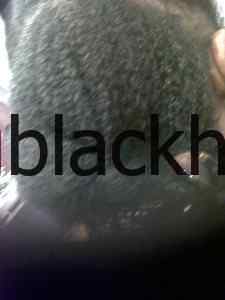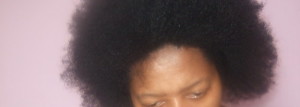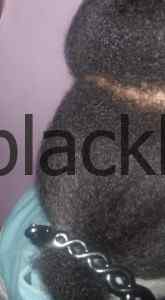
You’ve probably come to this page because you have texturised often known as (tex lax) your hair or your thinking about it! Whatever your reason welcome!
In some ways texturised hair can be drier than non texturised hair in that case all you need are the right moisturisers for your hair type and you’re on your way! With so many different moisturisers on the market you are spoilt for choice!
If your natural hair is fine – texturising your hair will give you wonderful body! Your hair over the coming weeks and months with evolve in its own special way!
If your hair is thick – it will you superb manageability.
Step one
To keep build up to a minimal shampoo your hair at least once a week! Use a good quality shampoo and conditioner.
Step two
Once a month apply a good protein condition which is useful in keep the hair strong.
Step three
Go easy on moisturiser sprays and conditioners straight after you have washed the hair. Let it build up slowly – only apply a small amount of your favourite moisturiser spray – just enough to comb through, and then add a little more the next day. Too much use of moisturisers and conditioners can weigh down the hair.
Step four
Very important – comb your hair with a wide toothed comb. Avoid using a hairbrush which can not only damage but maybe pull out a few needed strands of hair!. If you really must use a brush a good quality one is Denman.
Avoid using heated styling tools which can rapidly dry out texturised hair, leaving it brittle and dull. For special occasions it’s no harm but a continual blow out will break those delicate hair strands.
Step five
Have fun with using gels to create waves on your texturised hair! Gel the sides for a different look!
Step six
Whether you choose to texturised every 16 weeks or six months! Remember it’s just the new growth you are interested in, remembering also to adhere to the timing of 15 – 18mins or less whatever your hair type is. Also do not be tempted to use anything other than your figures for smoothing the new growth! Anything other than your fingers will give you straight hair!
Have you tex lax your hair – what’s your experience?













